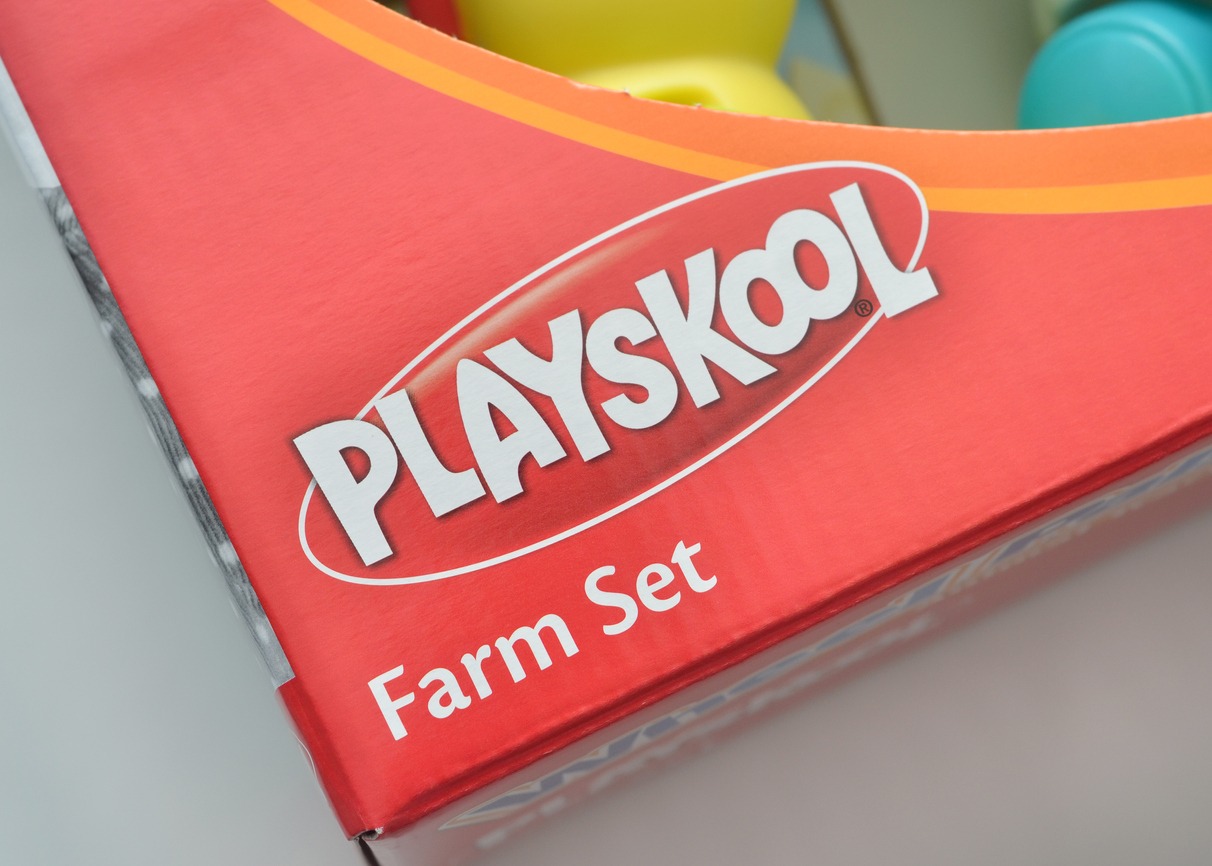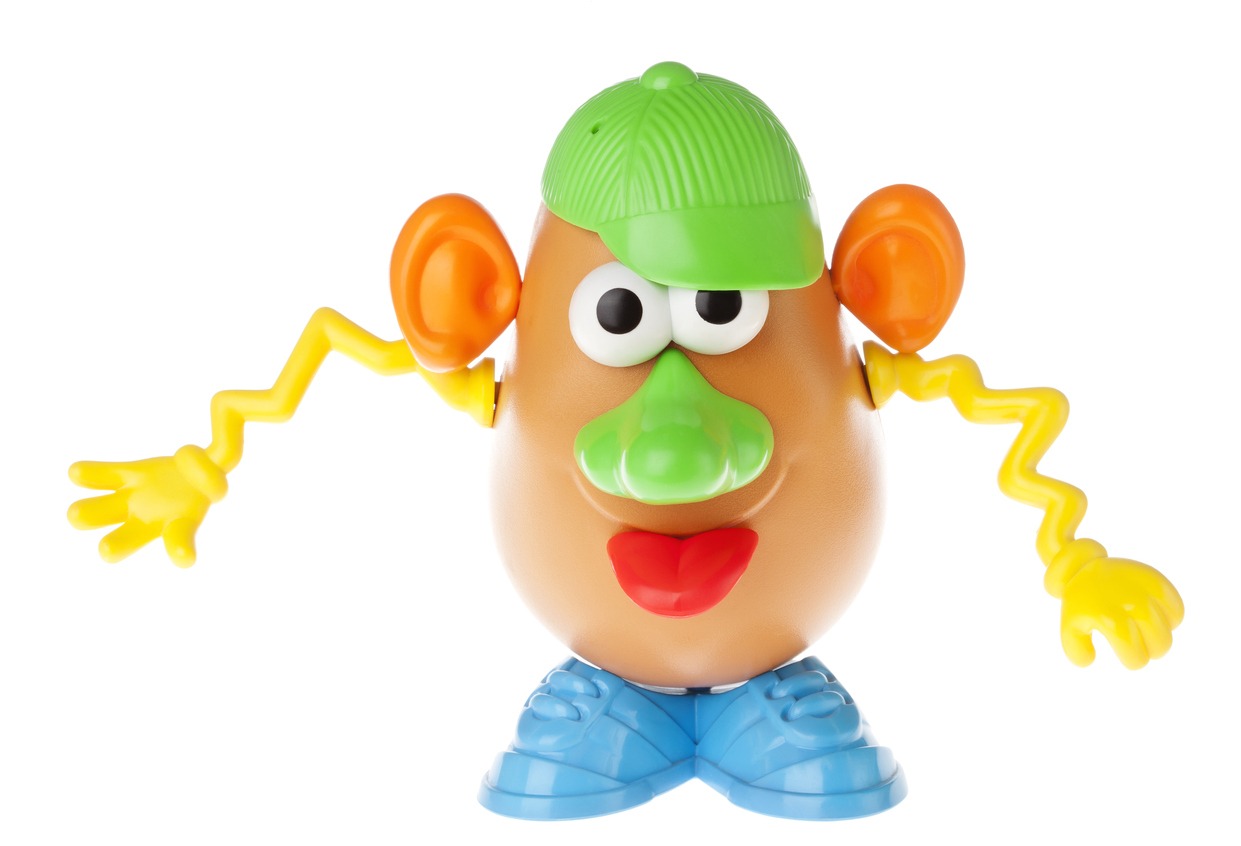Hundreds of toy companies have been producing toys for kids, teenagers, and even adults for many years. While toys are generally played with for fun and excitement, there are some toys that are designed to be educational, which means that they can teach children basic skills that will help them perform specific tasks with ease once they get older.
There are a few toy companies that are focused on producing educational toys, and one of these is Playskool, a subsidiary of Hasbro, one of the biggest toy companies in the world. However, before it became a subsidiary of Hasbro, Playskool was actually a separate company that has been around since the late 1920s. To know more, here is a company profile for Playskool.
The Origins of Playskool
Playskool, which was originally known as The Playskool Institute, was founded by Lucille King, a former schoolteacher in Milwaukee. The company was established in 1928 as a division of the Schroeder Lumber Company, a business that was also located in the city of Milwaukee. Lucille King was an employee of the said lumber company, and during her time there, she created wooden toys that can be used as teaching aids for children while in class. The Schroeder Lumber Company was so impressed by King’s creation that they gave King a division under the company to continue producing educational wooden toys.
In 1935, The Playskool Institute became a division of Thorncraft, Inc., a company that was based in Chicago, Illinois. Then, in 1938, Playskool was purchased by the Joseph Lumber Company, a business that was also headquartered in Chicago. [1] In the Joseph Lumber Company, a businessman named Manuel Fink was put in charge of operating The Playskool Institute. Due to the success of the educational toys produced by the division, Manuel Fink, alongside business partner Robert Meythaler, established the Playskool Manufacturing Company, and this move then effectively made The Playskool Institute a separate and independent company.
Acquisition of Hasbro
In 1943, the Playskool Manufacturing Company was able to buy the J.L. Wright Company, which was known for producing a children’s construction toy called Lincoln Logs. Playskool then merged with Holgate Toys, Inc. in 1958. Holgate Toys was a manufacturer of wooden products and was based in Kane, Pennsylvania. The merger allowed Playskool to keep its name.
In order to expand the production of the company, Playskool purchased the Halsam Company in 1962. The Halsam Company is a manufacturer of wooden construction sets, dominoes, blocks, and checkers. In 1968, Milton Bradley, a popular producer of board games, acquired Playskool. When Hasbro acquired Milton Bradley in 1984, Playskool was absorbed as a subsidiary. [2]
After Playskool was acquired by Hasbro, the subsidiary began operation in Pawtucket, Rhode Island. One of the first products that Playskool released after the Hasbro acquisition was Tommee Tippee, a line of infant products like small bottles, cups, and bibs. Before the Playskool acquisition, Hasbro already had multiple lines of products that were designed for preschoolers, and these include Tonka (a line of toy trucks) and Play-Doh (a brand of modeling clay). Hasbro placed all of these toy lines for preschoolers under the Playskool name.
Besides designing and manufacturing new educational toys for Hasbro, Playskool had also created licensing agreements with other companies to produce toys from popular brands and franchises like Teletubbies, Teddy Ruxpin, Barney, and different shows from a kid’s TV channel called Nickelodeon. Interestingly, Hasbro has also licensed the Playskool name to other companies so that they can also produce different kinds of products under the same name.
Popular Products Sold by Playskool
As one of the most popular subsidiaries of Hasbro, Playskool has been able to produce some of the best-selling toys on the market. Here is a list of the most popular products sold by Playskool.
Mr. Potato Head
Mr. Potato Head is a toy brand that features plastic models of potatoes that can be customized by adding feet, hands, eyes, mouths, ears, and different kinds of clothing and accessories onto the plastic model. This specific toy brand was invented by toy designer George Lerner in 1949. [3] It was then distributed by Hasbro in 1952. Mr. Potato Head is considered the first toy to ever be advertised on television. In addition, it has also been in production since Hasbro distributed it in 1952, so Hasbro never stopped producing the toy due to its popularity.
The original Mr. Potato Heads that George Lerner made were actually just plastic parts that had push pins at their end so that you can attach them to a real potato or other vegetables. Because of numerous complaints in regards to rotting vegetables, as well as the implementation of new safety regulations in the US, Hasbro decided to include a plastic potato with each Mr. Potato Head set in 1964.
While Mr. Potato Head has remained a popular toy throughout the 50s, 60s, 70s, and 80s, it only became much more popular when it was featured as a character in Toy Story, a CGI-animated film that was produced by Pixar Animation Studios and released by Walt Disney Pictures in 1995.
Here are three popular Mr. Potato Head products that you can buy:
- Playskool Mr. Potato HeadPlayskool Mr. Potato Head Silly Suitcase Parts and Pieces
- Playskool Potato Head Create Your Own Potato Head
Tonka
Tonka is a brand of toy trucks that was founded on June 22, 1946, in the US state of Minnesota. In 1991, Hasbro acquired the Tonka brand, and by 1998, Hasbro had been manufacturing and distributing Tonka toy trucks through a licensing deal with Funrise Toys.
The original deal between Hasbro and Funrise Toys only included the manufacturing of toy trucks with electronic lights and sounds, but the deal eventually included producing everything under the Tonka brand. The deal ended in 2020, and the license was given to Basic Fun!, a company known for manufacturing Care Bears and My Little Pony toys.
Although Tonka is a brand for die-cast trucks and other big vehicles, the Tonka toys produced under the Playskool name are trucks that are anthropomorphic (with eyes and mouths) and have a more cartoon appearance compared to the other toy lines in the Tonka brand.
Glo Worm
In 1982, two years before the Hasbro acquisition, Playskool created a unique stuffed toy called Glo Worm. This stuffed toy features a head made of vinyl and a body that is plush, pajamaed, and shaped like a worm. When the body of the toy is squeezed, the vinyl head would light up, hence the reason why the toy is named “Glo Worm.”
When Hasbro acquired Playskool, they continued to produce more Glo Worm toys, and they even created a new version of the toy called Musical Glo Worm, which has electronic sounds. Throughout the years, there have been numerous variants of the Glo Worm that were released by Hasbro and Playskool, including Glo Bug, Glo Clutterbug, Glo Bookbug, and Glo Snail.
Here are a few Glo Worm toys that you can get for your collection or as a gift to friends or family members:
- Playskool Lullaby Glo Worm
- Playskool Glo Worm SmartSense Stuffed Toy
- Playskool Glo Worm Snuggle & Soothe Doll
Peppa Pig
One of the relatively new products that Playskool produces is Peppa Pig, which is based on the British animated TV show that first aired on May 31, 2004. Peppa Pig stars an anthropomorphic female piglet of the same name that interacts with her family (who are also pigs) and friends that are portrayed as different animals.
The license to produce Peppa Pig toys was given to various toy companies until 2019, when Hasbro acquired one of the companies responsible for creating Peppa Pig, Entertainment One. [4] Hasbro then gave the license to their subsidiary Fisher Price, a brand known for creating educational toys for kids. In 2021, Hasbro withdrew the license from Fisher Price and gave it to Playskool.
Here are two of the best Peppa Pig toys that are designed and produced by Playskool:
- Playskool Peppa Pig Sit ‘n Spin Musical Spinning Activity Toy
- Playskool Step Start Walk ‘n Ride Peppa Pig Ride-On and Walker Toy
Transformers: Rescue Bots
Transformers: Rescue Bots is a toy line, TV show, and storybook series created in 2011 and is based on Transformers, a franchise of transforming toy robots produced by Hasbro since 1984. Transformers: Rescue Bots is considered the successor of Transformers: Robot Heroes, which is also a spinoff of the original Transformers. The two mentioned brands are specifically made for children, and the theme of the show, the storybooks, and the toys within Transformers: Rescue Bots are about the importance of avoiding hazards and improving safety.
Transformers: Rescue Bots features a new group of protagonists, namely Chase, Heatwave, Blades, and Boulder. While the Transformers: Rescue Bots ended its original airing in 2016, Hasbro is still producing toys for the line due to its immense popularity (that is most likely attributed to the reruns of the show).
Check out the list below to know more about the popular Transformers: Rescue Bots toys:
- Transformers: Rescue Bots Griffin Rock Team 4-Pack Action Figures
- Transformers: Rescue Bots Academy Team 4-Pack Action Figures
- Transformers: Rescue Bots Optimus Prime Action Figure
So, those are everything you need to know about Playskool and the toys that they sell in toy stores and online shops. Because it is one of the most profitable subsidiaries of Hasbro, it is expected that Playskool would continue to become successful in the future since they are getting more licenses from popular brands and franchises in recent years.
References
[1] Wilson, M. (n.d.). Playskool Inc. Encyclopedia of Chicago. Retrieved June 8, 2023, from http://www.encyclopedia.chicagohistory.org/pages/2817.html
[2] Woodward, A. (n.d.). Playskool, Inc. Encyclopedia.com. Retrieved June 8, 2023, from https://www.encyclopedia.com/books/politics-and-business-magazines/playskool-inc
[3] Bellis, M. (2019, January 18). The History of Mr. Potato Head. ThoughtCo., Retrieved June 8, 2023, from https://www.thoughtco.com/history-of-mr-potato-head-1992311
[4] Sweney, M. (2019, August 23). Hasbro buys Peppa Pig owner Entertainment One in £3.3bn deal. The Guardian. Retrieved June 8, 2023, from https://www.theguardian.com/business/2019/aug/23/hasbro-buys-peppa-pig-owner-entertainment-one




